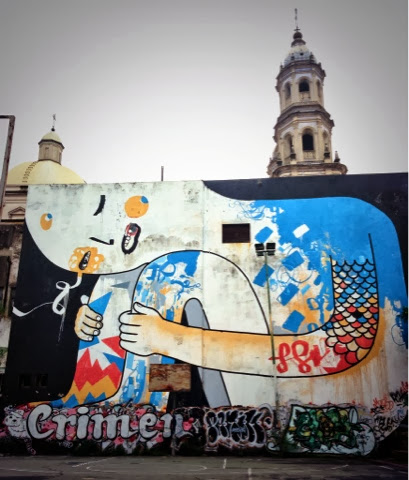On the Periphery, the Edge of Sight.... Curator's Note and the Artists!
On the Periphery, The Edge of Sight
Uforge Gallery
presents its first guest curated exhibit. Guest curator
Kerri McGill
pulls 12 artists from Boston’s wealth of skill and vision. These painters, sculptors and photographers play with that ephemeral line between our daily pedestrian existence and those realities that lie in the periphery and explore the politics of identity.
_______________________________
Curator's Note
We crave order and stability. When we focus on an object, a path, or a goal, we lose our peripheral vision. It’s a necessary blindness that assists concentration, and simultaneously deters us from a deeper understanding of matters.
Our internal structures and expectations help make categorical judgments in a split second. This fills our world with
dualities and personal mythologies.
The artist pays heed, sees deeply, and responds thoughtfully. The artist picks through layers of reality and identity with an awareness of how one informs the other.
This show challenges our ideas of chosen realities, how we define ourselves and how our environment, in turn, defines us
. The artwork creates a dynamic visual dialogue and a space that fosters expansive thought and encourages the viewer to re-inform active sight and self-definition.
~Kerri McGill, curator
The Artists

Ruth Rosner’s
powerful Totems greet you. These “guardians of the voiceless”, made of wire, plaster and found objects often aged and rusted, speak of identity through imbued power. “The source of their vulnerability is the source of their strength and power”.

Ivor Scott's
oils present the multiple realities of war, game and identity. Are you the person safe in the room playing a game or the dying soldier on the screen? Is the deconstructed “glitching”game-body enough visual information to recognize as a person?

Tricia Neumyer
also tackles ideas of war, game and chosen identity in her Pennsic War series. The truth of documentary style photographs balance fanciful costume and cardboard armatures. The graphic nature of uniforms and crests underscores the elements of design that simultaneously break up the human form into abstraction and decree a very specific identity.

Rebecca Rose Greene’s
paper sculptures bring the creature to the crest. It is the undeniable power of the beast that serves its function- the visual identity of a group, family or clan. The large bird attains a physical power and solid presence in spite of the delicate materials it’s made from.

While the Totem series of heft heavy metal beast heads from
Wolftits
have a spacious delicate quality, the metal line of the creature has the motion of a quick hand gesture, a doodle in spite of the metal it’s made of. The street-artist, Wolftits, himself, toys with the idea of identity. Is identity self proclaimed or bestowed by the environment in which one thrives?

C.D’Shoto
alters components of the identifiable “self” through disorienting environments and design. Her “people” are only identified as such by shape and a minimal detail, be it face or arm. She denies access to her subjects when she replaces the face with pattern.
Her environments offer little narrative help in defining the people within them.

Dinora Justice
uses the same elements of design for opposite means. Beautiful landscapes please us. Hers are beautiful but unfamiliar. She instills trees with individual personalities of their own through design. “Rather than representing or imitating nature, I paint the uncanny situation we are in - a world that flows in and out of states of recognition.”

Sasha Parfenova
also combines elements of the identifiable world with estranged environment in her collage works. At a distance, Sasha’s compositions have a peaceful dreamlike quality that turns darker as one looks closer. “
The fragility of nature is exposed. The consequences of human intervention and influences are undeniable.”

Rich Sepulveda
’s c
hildhood artifacts invite viewers to think on darker corners of our society and ourselves.
Horrific events on the news blend in w/weather and distort reality and empathy.
The combination of fantastical environments and the medium of photography offer a different type of reality.
“I hope that these images can be reminders that help reignite empathy for our human family.”

Pecan
brings in the humor of pop culture. Like Sepulveda, childhood objects are key players. Even in the warmth of nostalgia, Pecan changes the identity by placing them in environments beyond their reality. The images give the tiny toys the strength survive space and make our concrete structures into fragile things.

Ktron
packs her compositions tight with the bounty of life to a point of anxiety. The amount of life beyond our daily reality is dense, unified and grand. Man is an observer or a voyeur? “
Things lurk within the landscapes around us. There is so much more than meets the eye. The world is filled with creatures that you only notice if you look hard enough.”

Kerri McGill’s
map collages connect the grids and highways of torn maps as the underpinnings of invented lands. These images are metaphors for our thought process. We force new information into familiar old patterns; maps that may not match up with the actual landscape. The environment is continually redefined by the person who encounters it.




























































